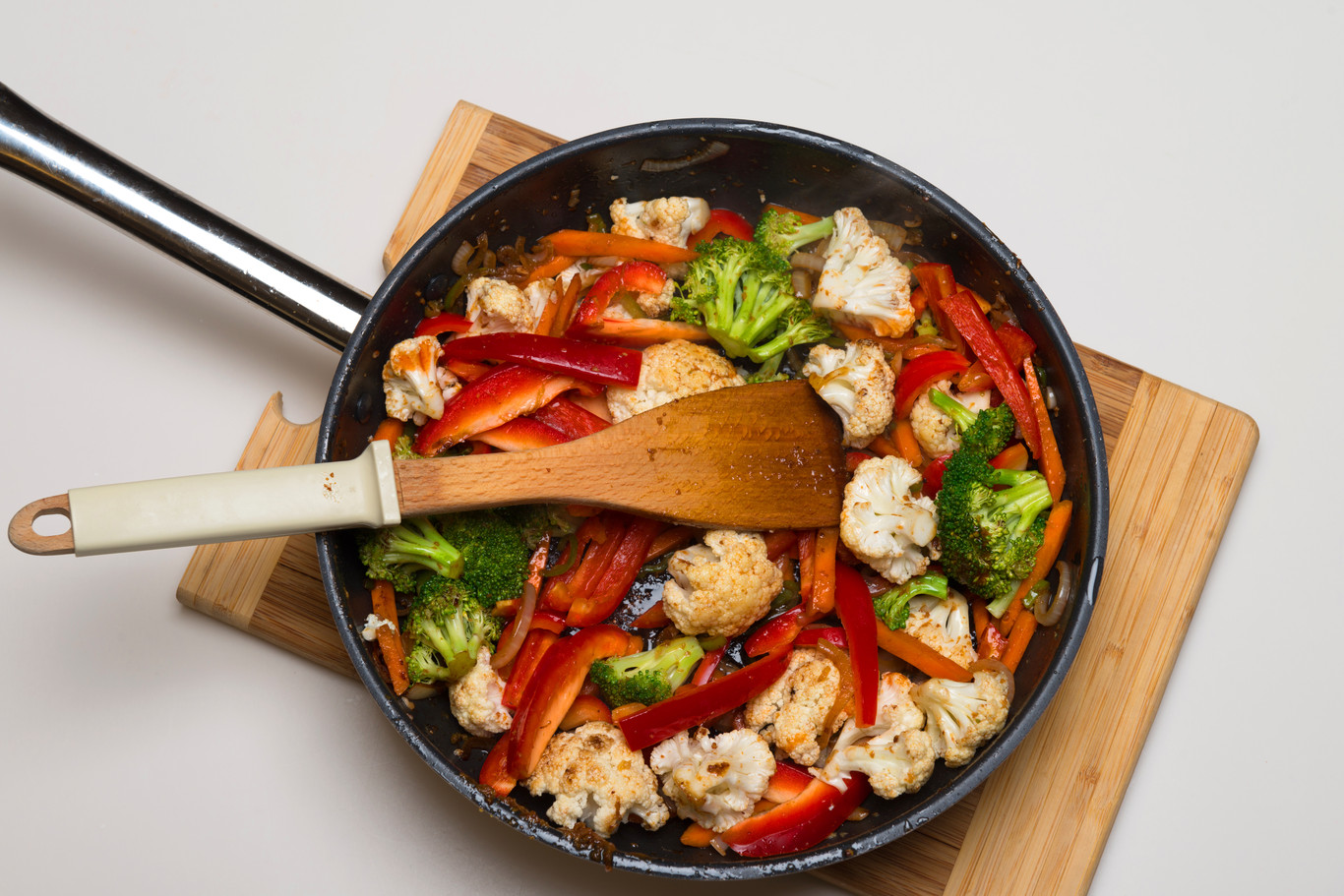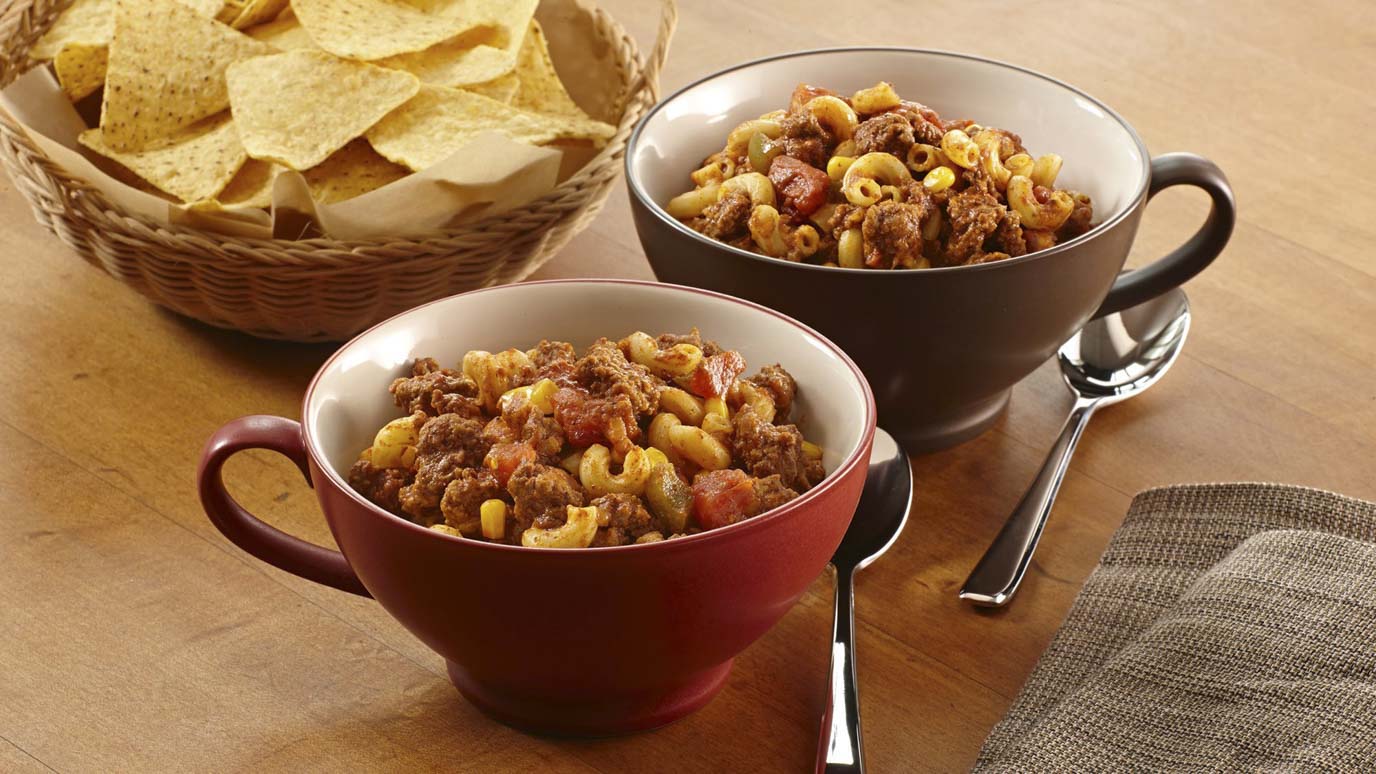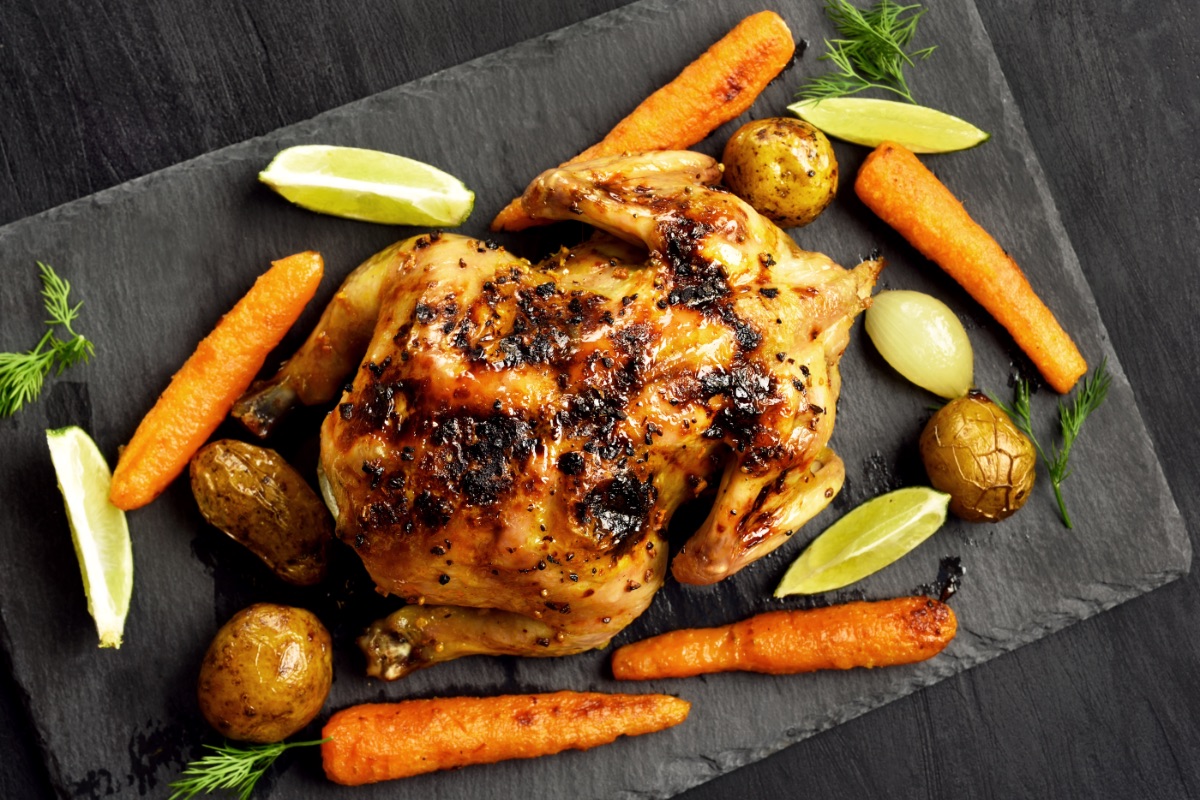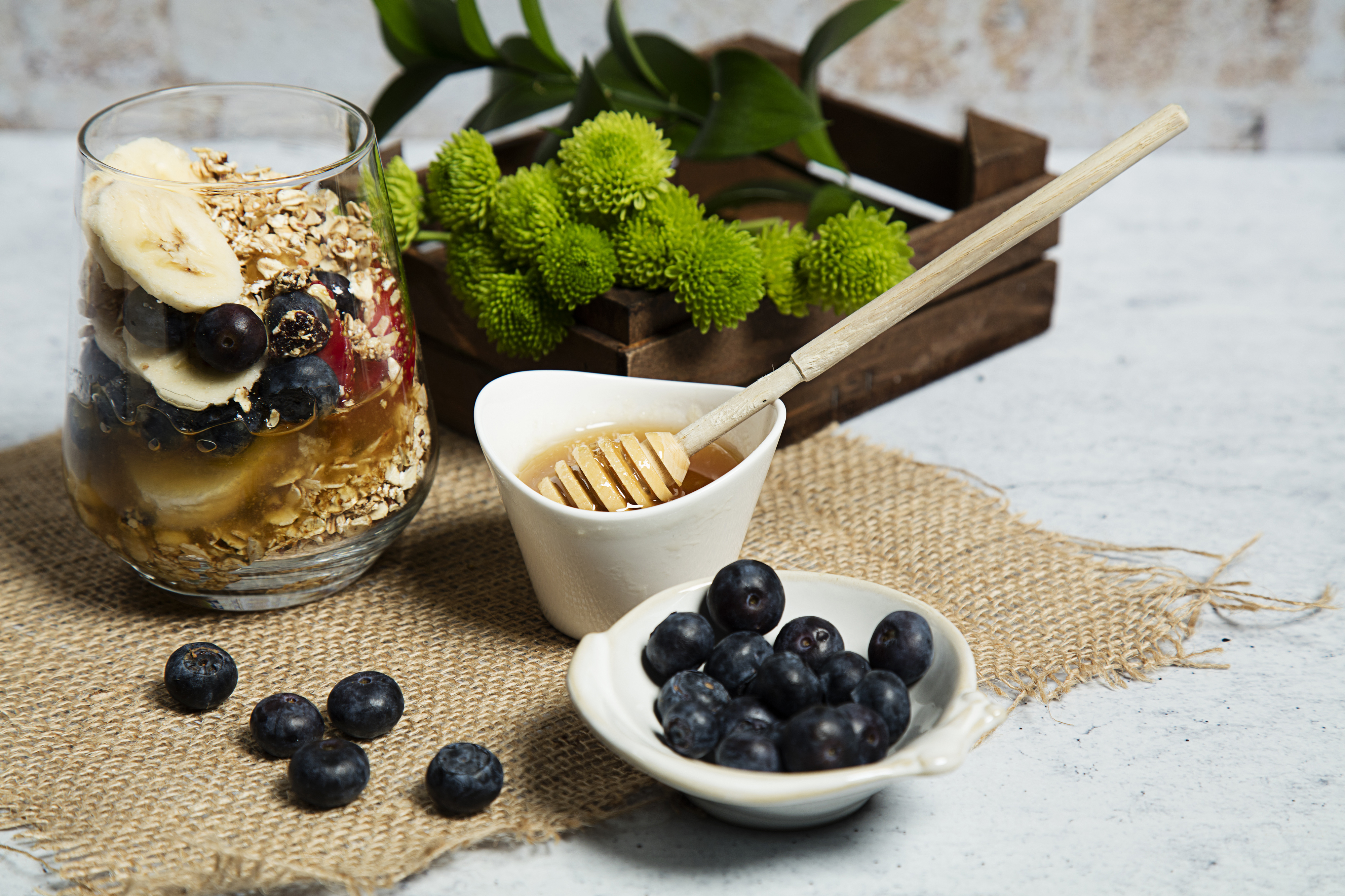Say you are making a beautiful carbonara. You’ve got the bacon crisping, the Parmesan shredded and at the ready, the pasta water simmering away, and—oh no. You used up all the olive oil making Maialino’s dreamy Olive Oil Cake! And all you’ve got on hand is… coconut oil. Drat. That won’t work!
Sure, it’ll fill the oily void, but the flavors of the dish will be all off. You might run out to buy more olive oil, or you might think of this instead as an opportunity for culinary experimentation. Up to you. Either way, it’s easy enough to tell that coconut oil isn’t exactly what the dish is calling for—and it’s certainly not what a nonna would reach for. At the same time, butter would be unusual in a stir-fry, and sesame oil very peculiar in a sauce for sole meunière.
In her cookbook Salt, Fat, Acid, Heat, chef and author Samin Nosrat sums this all up cleanly: “Fat determines the particular flavors of regional cooking.” That means ghee and coconut oil are popular in Indian cooking, where cow dairy and coconuts are both plentiful. You won’t find much ghee in Caribbean cooking, but the coconut oil will be there in spades. Eastern European cooking loves schmaltz more than any other cuisine in the world, bacon fat has a special place in the cooking of America’s South, and sesame oil is beloved in Korean, Chinese, and Japanese foods.
Picking a fat to cook with is the first step to locating a dish in a region, and keeping in mind which fats are specific to certain regional flavors will help you choose one that’s true to the cuisine (thus giving whatever you’re cooking an even deeper sense of its roots). But what I’m taking away is that it also helps guide you when you’re riffing in the kitchen: Instead of an Italian olive oil cake, make a Caribbean-inspired coconut oil cake with lime juice and rum instead of orange juice and Grand Marnier. Change the fat and you begin to shift an entire recipe in a new direction. Try out your new-found freedom with fats by experimenting with these classic recipes:
Granola: For a masala-spiced granola, swap in ghee for olive oil or butter, and add cardamom, cinnamon, black pepper.
Seafood baked in parchment: Butter, white wine, and lemon would be at home for a French-ish meal; for one that nods to China, use toasted sesame oil (just a little mixed with some neutral oil!), lime, and slivered scallions.
Chicken soup: Classic Eastern-European chicken soup (with matzo balls, maybe) calls for schmaltz—but sauté onions in coconut oil instead, add some lemongrass and ginger, and you're on your way to a Thai-inflected broth.
This article was written by Caroline Lange from Food52 and was legally licensed through the NewsCred publisher network. Please direct all licensing questions to legal@newscred.com.








